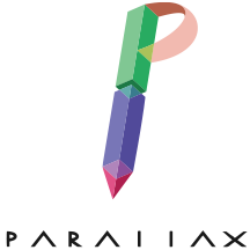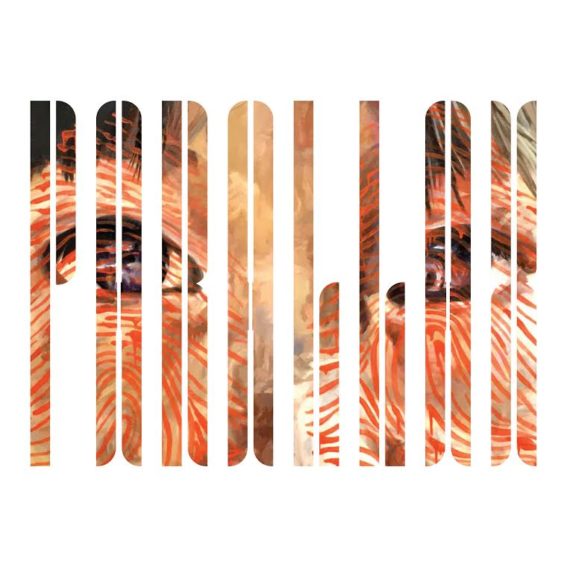Deaf Republic by Ilya Kaminsky: ISBN-10: 1555978312. Price: $11.00. Published March 5, 2019.
Ilya Kaminsky´s Deaf Republic is a brilliantly-crafted book of narrative poetry that moves through a sad and deeply thought-provoking plotline, inspired by Kaminsky’s own experiences in Russia as a child. It follows the story of people in a fictional town using deafness as a form of protest against violence and war, after a soldier kills a deaf boy in the street.
The depictions of violence and love throughout are eerily and astonishingly beautiful. Kaminsky creates a terrifyingly dreary and oppressed feeling throughout the book, while also highlighting the beautiful relationships and hope the townspeople continue to have despite the violence and oppression they are surrounded by.
As the poems go on and the story progresses, the townspeople who do not give up their protests are taken away one by one if they show signs of deafness. Despite this, protests continue in a silent fashion, while the responses of the soldiers grow more and more violent and intense.
The poems themselves are experimental. For example, “Dramatis Personae” is an early poem in the book designed to introduce characters in the collection. Kaminsky is also unafraid to say what he means, sometimes very intensely such as in the poem “As Soldiers March, Alfonso Covers the Boy’s Face with a Newspaper.” One of the lines within this poem is “We see in Sonya’s open mouth / the nakedness / of a whole nation.” The poems progress the overall story, and while in general the story is quite heavy and sad at times, each poem also adds a surprising and delightful level of dark humour, shocking language and profound descriptions of the violence.
Deaf Republic does not fall into the tropes of what is popular in poetry right now, which is mostly geared towards younger readers and is generally humorous, or give an air of shallow meaning masquerading as powerful. Instead Kaminsky goes for something different, using humour in an intelligent and meaningful way, and using illustrations subtly. Deaf Republic explores traumatic topics and heavy storylines beautifully rather than making the reader feel bombarded by violence. One thing that Kaminsky does well here which is important is including love in a story about war. War often tests our ability to maintain love, positive feelings and peace within ourselves and our homes while we’re experiencing violence outside of them. One of the most important things to remember in times of war and violence is to keep a sense of love or joy in some way. Kaminsky highlights this importance through the relationship described in his book, and the townspeople in general.
Kaminsky, who is hard of hearing due to a misdiagnosis of mumps at an early age, incorporates sign language in conjunction with deafness and protest, through simple and beautiful illustrations of sign language throughout the book. These drawings add to the poems without the poems becoming reliant on them.Overall, Kaminsky provides readers with a beautiful experience with Deaf Republic. The themes and plot can, at times, be related to current issues, and the book does an amazing job of bringing hope out of a traumatic situation. We could all learn a lot from the townspeople of Deaf Republic who put their lives on the line in the name of hope and love, and who refuse to give in to oppression.

